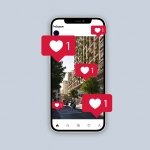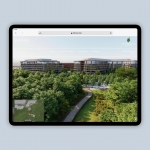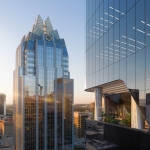When you’ve poured years of hard work and dedication into your project, the last thing you want is a poor visualization to ruin it all. But how can you ensure that your visuals are up to par? Luckily, one of the industry’s top visual artists has valuable insights.
When it comes to architectural visualizations, the expectations today are sky-high. Yet, they are vital to your project’s success. And obviously, you want your visualizations to be crafted with the same level of skill, care and attention to detail as the project itself.
By placing people in your visualizations you can help the audience connect with your vision in a deeply personal manner. And bring an almost magical spark of authenticity to the imagery in a way no other element can.
There’s only one problem: Among all the elements in play, people (you might recognize this from the real world) are one of the most challenging to deal with. And poorly executed, people can eliminate all sense of credibility in seconds, leaving an itchy feeling of awkwardness behind.
“The power is in the story. And placing people in visualizations is by far the most effective way to bring your story to life.”
Frej Angelii, Visual Artist at TMRW
So how do you spot a poor job before it’s too late? What are the most common errors to look out for?
To help you detangle this tricky subject and save you from a potential disaster, we turned to our friend and colleague Frej Angelii, who happens to be one of the world’s most experienced Visual Artists in this field.
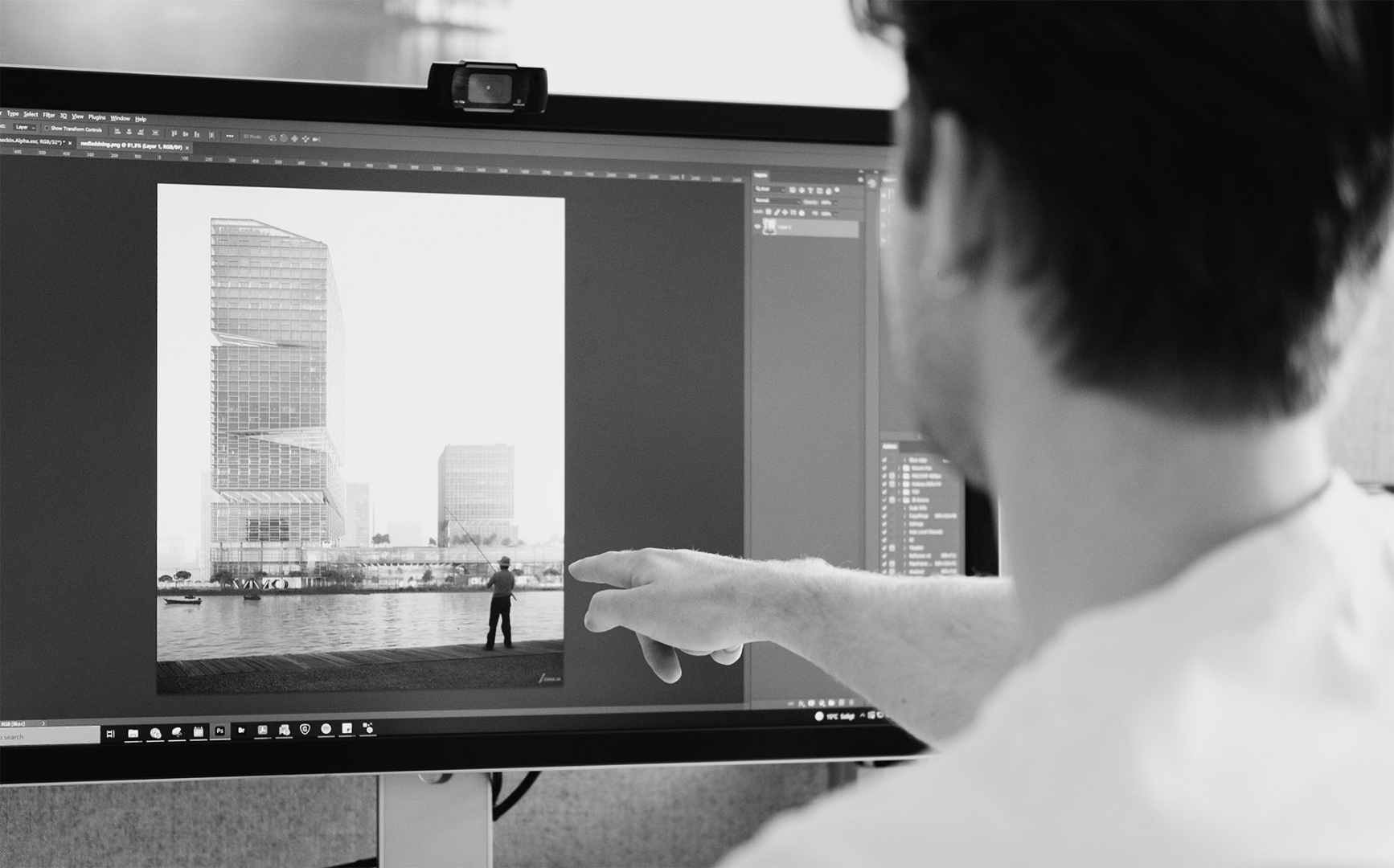
To Frej, the secret behind a winning visualization is not merely the quality of the composition, shadows, light, or other technical aspects, even though those are super important as well. The true power lays in the story. And placing people in visualizations is by far the most effective way to bring your story to life.
However: Choosing people for your visualizations is more complicated than it might seem.
1. Crafting the Right Characters: Choosing People to Hero Your Story
To Frej, the visualization process has a lot of similarities to making a film. And just like in Hollywood: A big deal in crafting an intriguing image is to choose the perfect actors for the scene.
From the main characters that first catch your eye to the extras providing an engaging sense of everyday life in the background: Each person has a unique part to play and helps determine the emotional value of the story. Moreover, to make the scene convincing they will need the right facial expressions and body language. If they don’t, it might as well ruin the whole thing.
”To capture that authentic vibe, you need a deep understanding of the place. Even details like how the local kids play and what kind of games they’re into.”
Frej Angelii, Visual Artist at TMRW
In other words: Make sure to study people’s looks and behaviors closely before you present your visualizations to the world. And if the casting feels slightly off, sort it out before you buy a suit for the Oscars.
”To capture that authentic vibe, you need a deep understanding of the place. Even details like how the local kids play and what kind of games they’re into.”
Frej Angelii, Visual Artist at TMRW
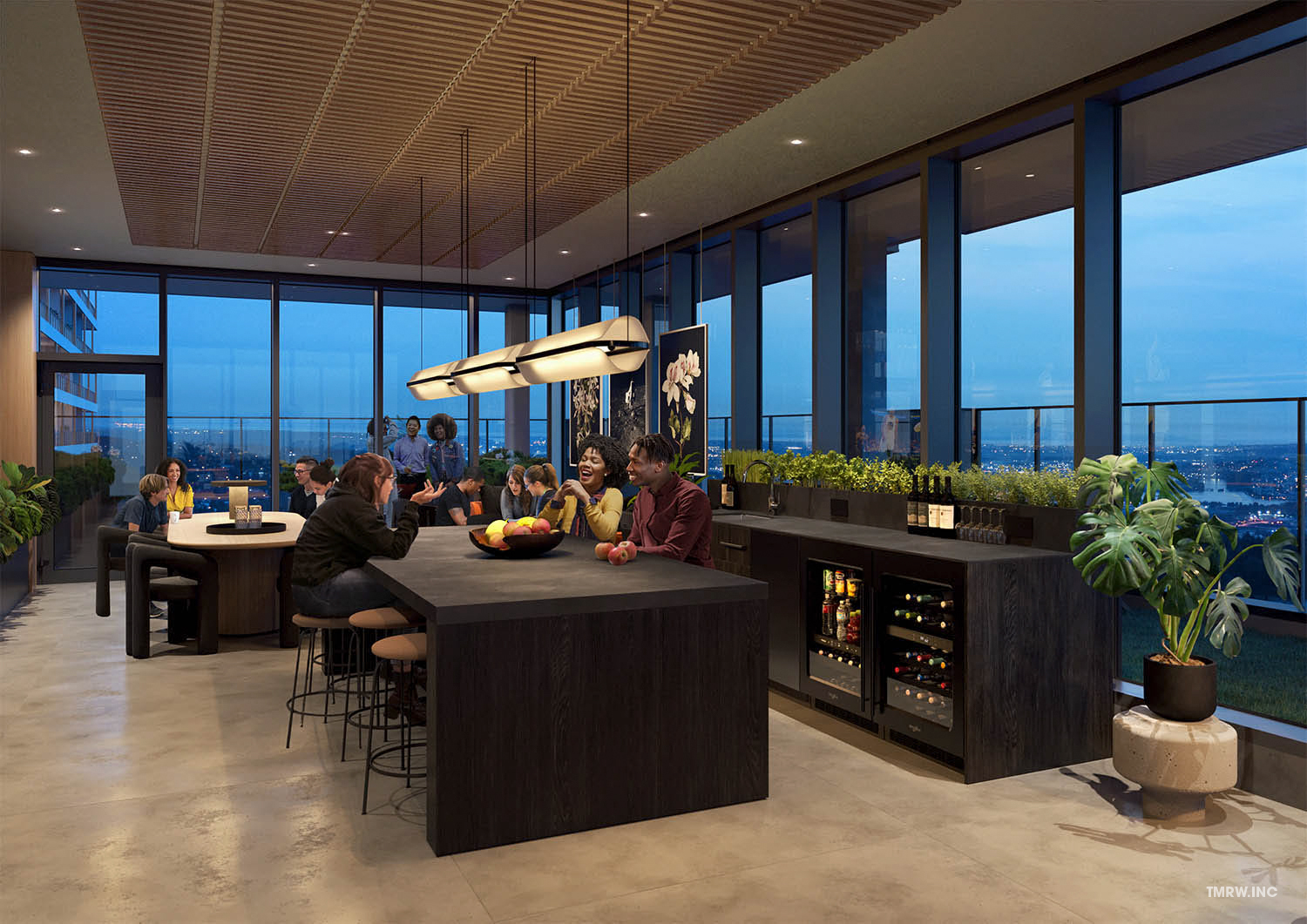
2. Creating an Authentic Vibe: Understanding the Context and Environment
When you’re in the humble business of showing people a potential future of their own, the most critical eye is to be expected. And if your audience can’t relate visually and emotionally to the world presented, worst case, you’re done.
Frej: To capture that authentic vibe, you need to know everything from seasonal weather conditions to vegetation and local way of life. Even things like how the kids play and what kind of games they’re into.
“In city scenes, a typical flaw is people heading towards the same point, which in reality would cause a collision.”
Frej Angelii, Visual Artist at TMRW
So the lesson here is: Make sure the visualization studio you team up with have the required local knowledge and contextual understanding, or at least: the experience to ask the right questions. If not, it might seriously compromise the quality — and impact — of your visuals.
It’s clear great visualizations aren’t done in a day. And as you probably figured out, there’s even more to it. However, the following error is a bit more challenging to spot.
3. The Importance of Flow in Architectural Visualizations
To create a realistic scene, one of the most critical factors to consider is flow. As Frej explains, the flow of a scene can make or break its believability.
Frej: In city scenes, for example, you must consider the direction people are walking and ensure they are not all heading toward the same point, which would be unrealistic and cause a collision. Even small details, such as people walking unnaturally through crossroads or at incorrect speeds, can disrupt the overall flow making the scene feel off.
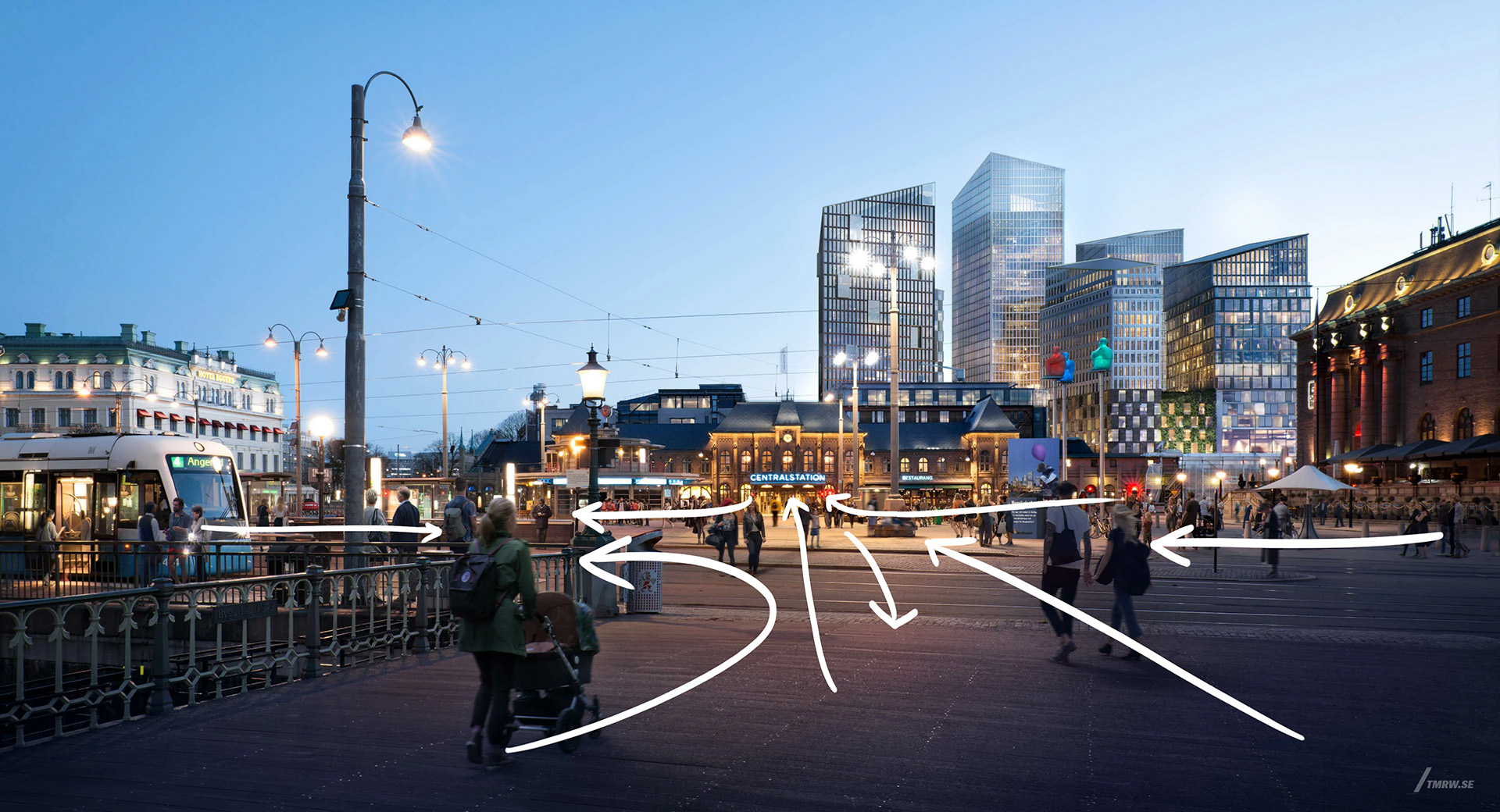
And in terms of directions, people do have another crucial role to play: as guides of the viewers’ eyes.
Frej: Your goal is to make the viewers stay and engage in the story as long as possible. And the eyes always follow the people. So people allow you to control how your audience travels through the image, ensuring they’re not slipping out.
”In the final stages, every detail must be spot on to create a convincing scene. Neglecting the finer points can render all the previous work useless.”
Frej Angelii, Visual Artist at TMRW
So to create a scene that feels perfectly authentic, it takes a deep understanding of human behavior in crowded environments, local movement patterns and social codes. And obviously, this is a skill not many visual artists in the world master, which makes the flow and direction of people an aspect worthy of some extra attention.
4. Attention to Details: The Final Step to Convince Your Audience
After carefully selecting characters to hero your story and orchestrating their movements, it’s easy to think that the hard work is done. However, to create a convincing visualization, attention to detail is essential.
For instance, incorrect shadows can leave people hanging in the air, ruining the authenticity of the scene. The reflections and lighting corrections also require careful attention. In the final stages, every detail must be spot on to create a convincing scene.
How to Leave a Lasting Impression
So, whether you’re an architect, designer, or simply someone who wants to create an excellent visualization, the key takeaway is to avoid underestimating the power of people in your images.
Assure your characters are selected and crafted carefully to fit your story. And remember, understanding the context and environment is also crucial to winning the hearts and minds of your audience.
So the next time you’re creating or buying high-end architectural visualizations, keep these tips in mind. Or team up with a visualization studio that knows what they’re doing.


